The Long Tail Beaded Cast On results in beads placed along the very bottom edge of the cast on stitches. This type of beaded cast on is very attractive because the beads position themselves away from the fabric’s edge, giving a picot effect along the border.
-
SHOPPING CART
[wp_eStore_cart_fancy1]
- PAYMENTS NOTICE: Credit Cards accepted. You do not need a Paypal account to Checkout with Paypal.
Search Store
[wp_eStore_product_search]- [dfads params='groups=-1&limit=1']
Search Posts and Pages
-
Recent Posts
- Flowered Crown Preemie Hat pattern April 25, 2015
- Beyond BOBBOL 2015 Charity Knitting: Flowered Crown Preemie Hat April 22, 2015
- April 2015 Giveaway – Win complete kit to make Tea-time Serviette AND gold “Tea for Tea” earrings April 5, 2015
- Fabulous Beaded Eggs KAL March 12, 2015
- Next Up KAL: Fabulous Beaded Eggs March 1, 2015
Recent Comments
- jackiees on Member Dashboard
- Rose Mason on Member Dashboard
- Jennifer McDonald on Making Filled Squares in Filet Lace Knitting
- jackiees on Bonus Step-by-step Technique: Gathered Woven Closure
- Carol on Bonus Step-by-step Technique: Gathered Woven Closure
April 2025 S M T W T F S 1 2 3 4 5 6 7 8 9 10 11 12 13 14 15 16 17 18 19 20 21 22 23 24 25 26 27 28 29 30 Archives
Categories
-
-
Links


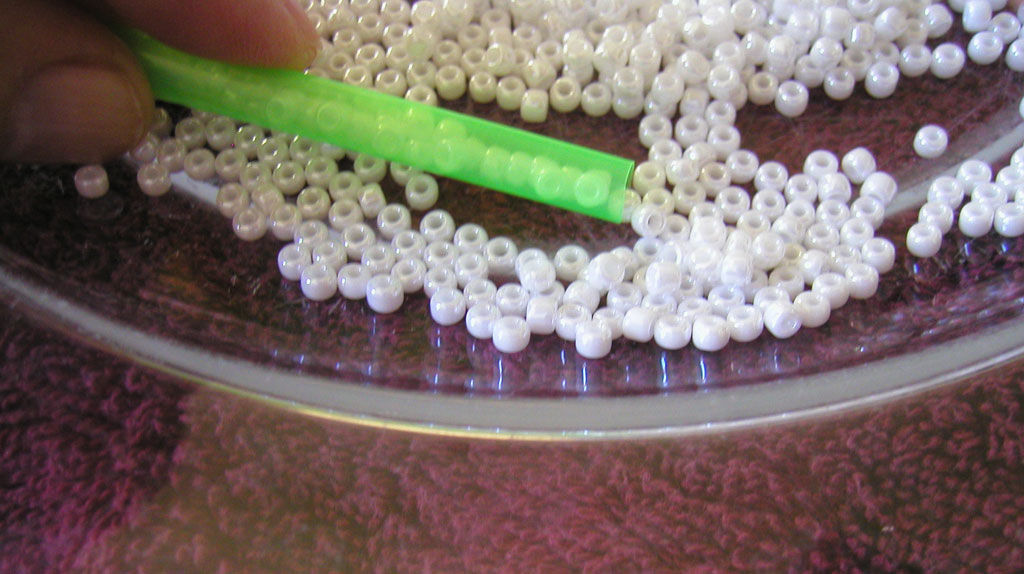
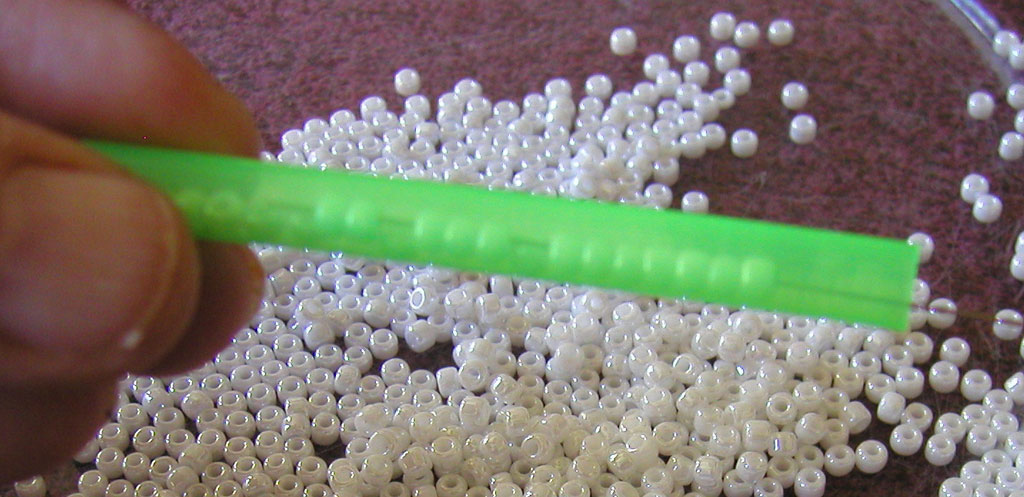
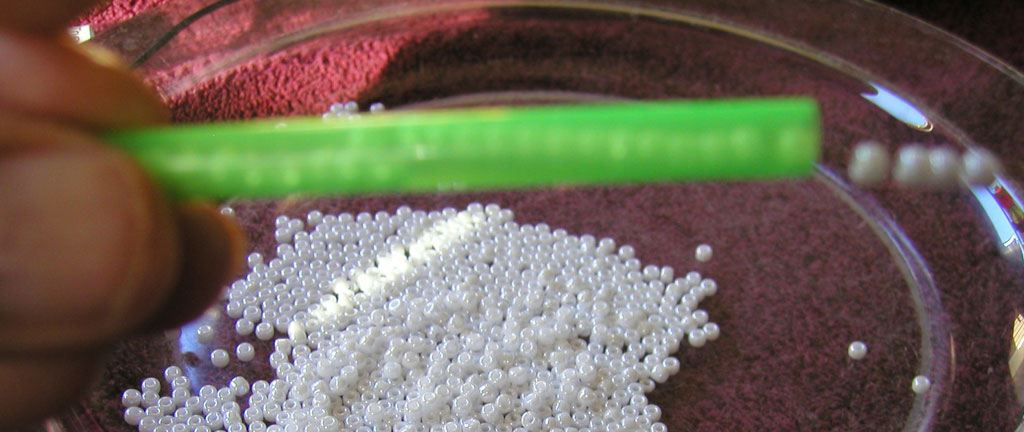
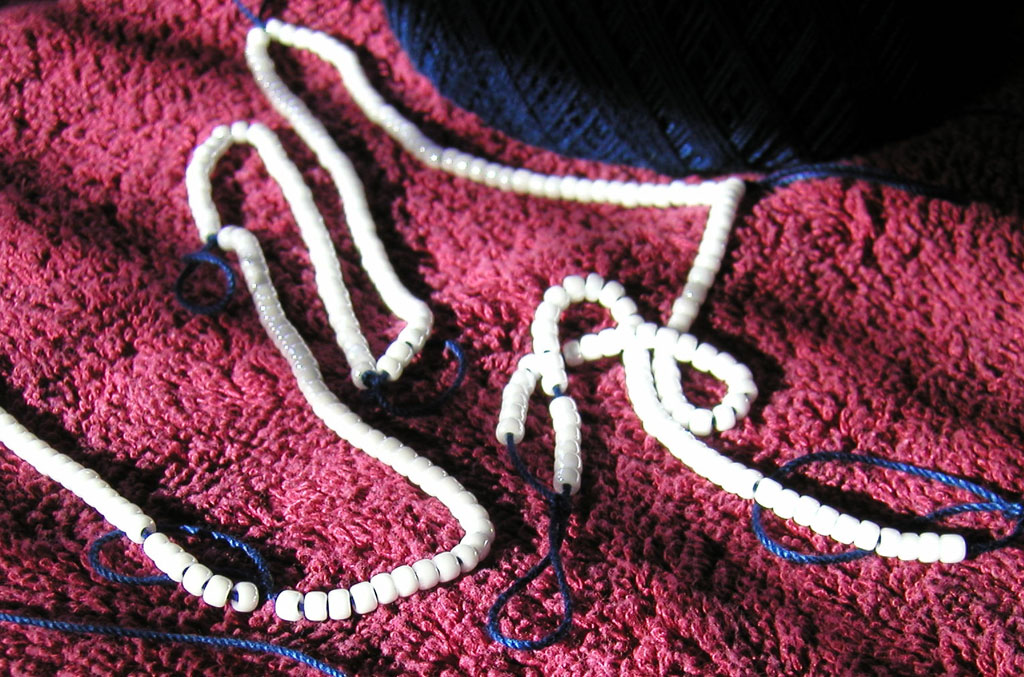
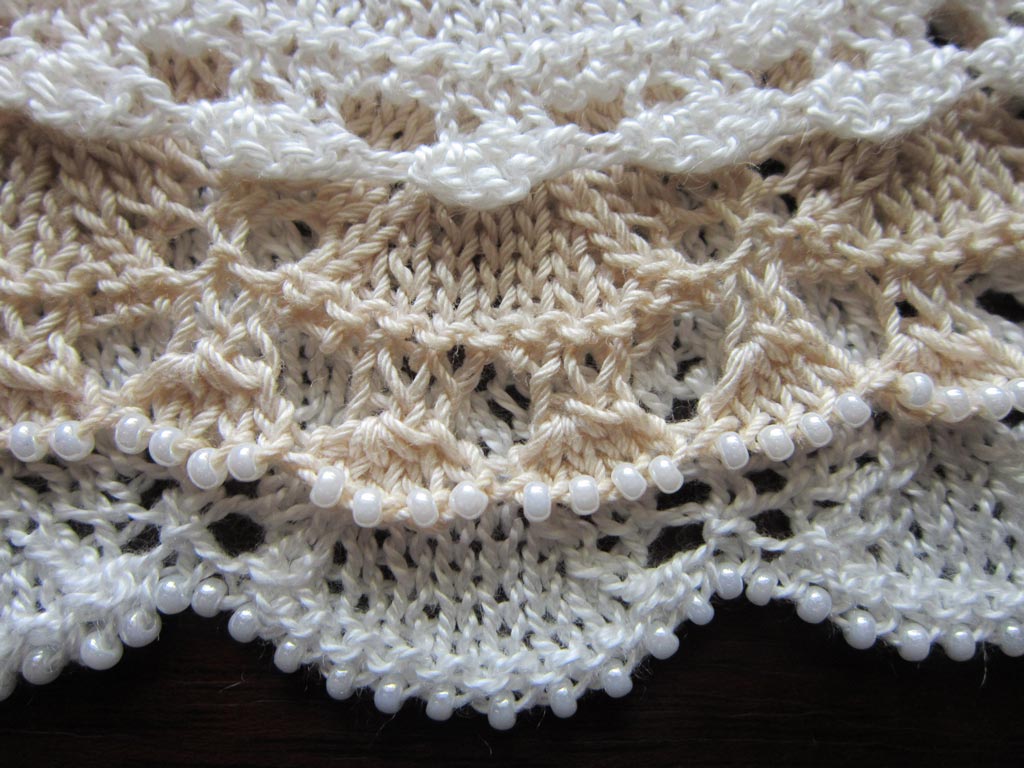
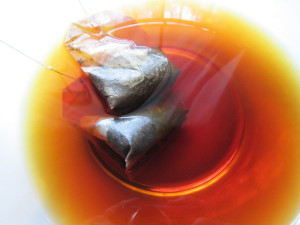
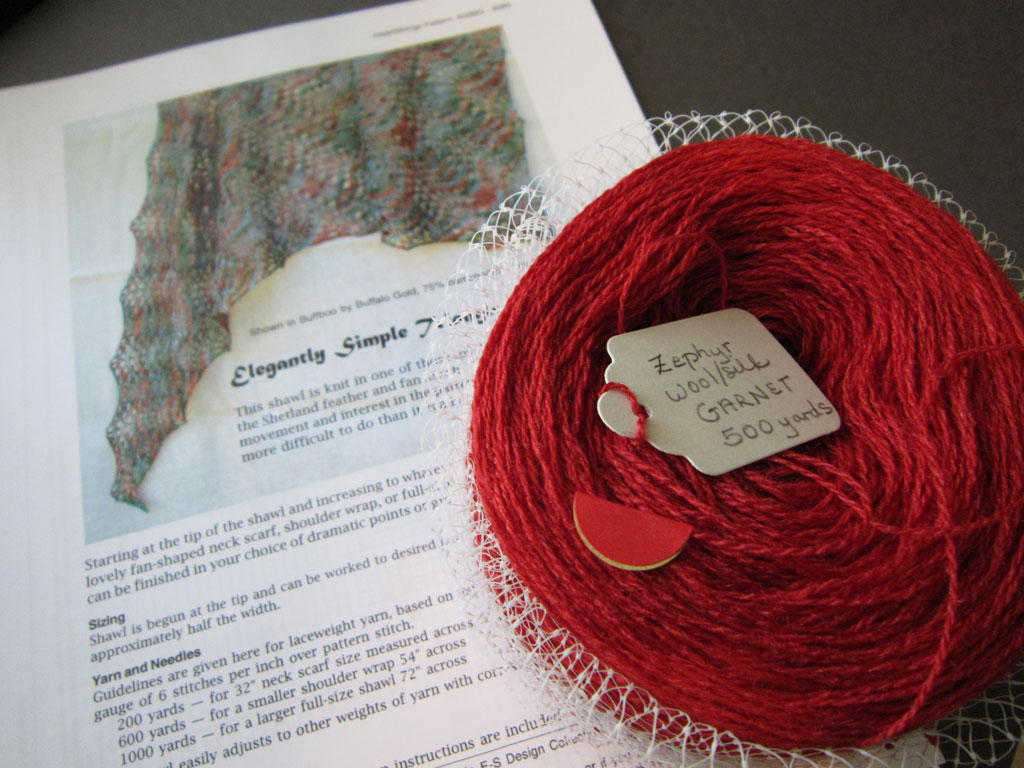
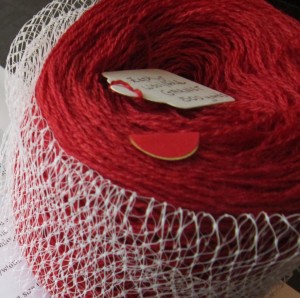
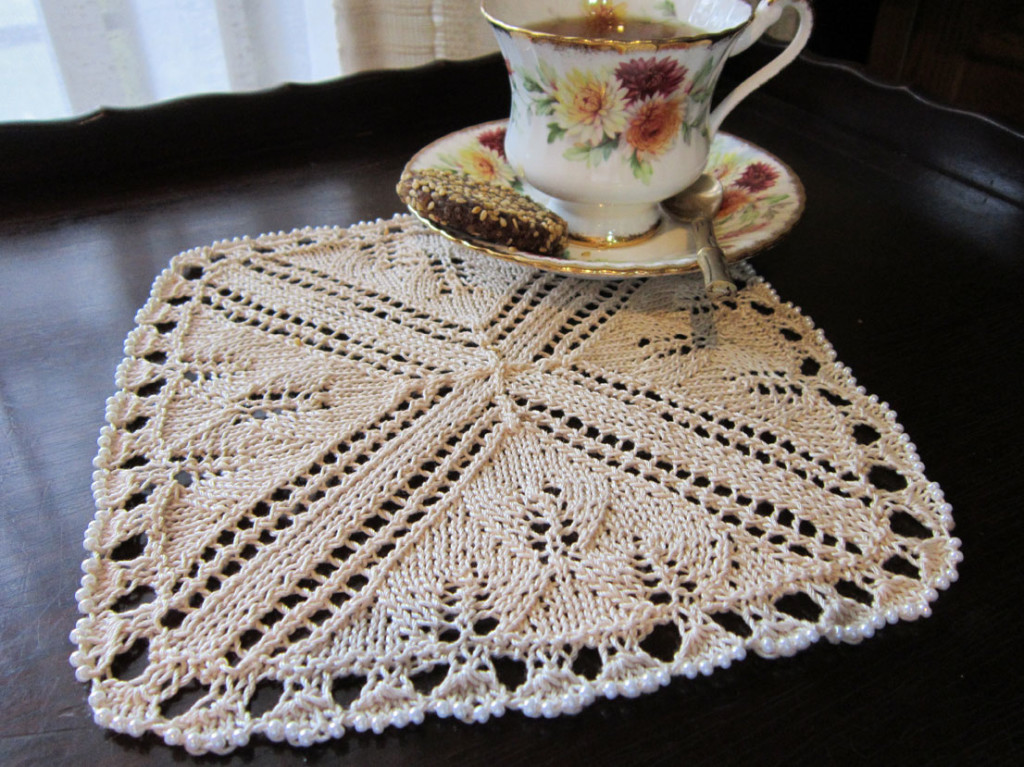
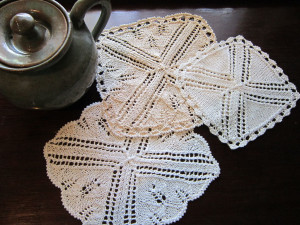
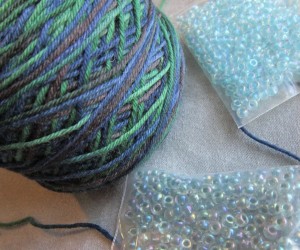
 Besides the bonus
Besides the bonus 
 HeartStrings FiberArts
HeartStrings FiberArts Knitting Bits of Lace on Facebook
Knitting Bits of Lace on Facebook Ravelry Store
Ravelry Store